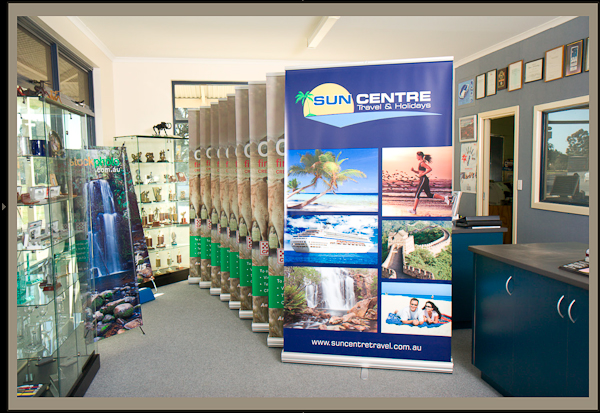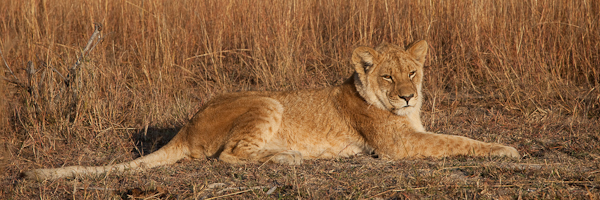I have had a number of customers ask me if such and such a photo is suitable to print at say 6 meters x 4 meters. Well it all comes down to viewing distance, large billboard prints are almost always viewed from a distance, so are often printed using only a 12 dpi image. We don’t print many large billboards but do print a lot of roll up banners. The banners are mainly 845mm x 2000mm and we often use cropped images. We normally like to print with a 100 dpi image as the banners are often viewed quite closely. The actual print resolution that we print at is 720 x 1440. It takes a lot of printed dots to make up a single coloured pixel. I have found that a 6 megapixel image from a digital SLR scales up very well and the print looks great even with your nose almost touching the surface of the banner. We normally use PhotoZoom Professional for resizing our photographs. Adobe Photoshop also does a great job if you do it in say 5 to 10% increments. Most of our stockphotos are now taken with either a Canon 50D or 5D Mk II so we can even crop tighter if necessary. I have found that many point and shoot images do not scale up very well, SLR’s with their larger sensors do give a considerably cleaner image that is more suitable for up scaling. The conclusion is that most images from modern SLR’s can be scaled up for almost any use depending on viewing distance. Once having said all that a 20 megapixel image scaled up to billboard size will look somewhat cleaner than a 6 megapixel image.

